The Hyundai Ioniq 6 was crowned Scottish Car of the Year back in November.
The latest all-electric car from Hyundai was praised for its dramatic styling, excellent range, and its high levels of onboard tech.
I was one of the judges who voted for it. Since then I’ve had the opportunity to spend another week with the Ioniq 6.
It’s certainly a head-turning car. Its swooping shape reminds me of the futuristic-looking American dream cars from the 1960s, when the space race was at its height.
Several people said it reminds them of a Porsche 911 or Panamera. I didn’t meet anyone who said they didn’t like its looks.
Battery and range
The Ioniq 6 is fitted with a 77.4kWh battery. It can be paired with a single electric motor that drives the rear wheels and supplies 225bhp.
Or there’s a twin-motor model that has four-wheel drive and a hefty 321bhp.
The twin-motor version is faster but has slightly less range. I’ve driven both of them but the one I spent a week with is the rear-wheel drive in Premium trim, which costs around £47,000.
In rear-wheel format the Ioniq 6 has an official range of 338 miles, with the four-wheel drive model returning 322 miles on a single charge.
My week with the Hyundai was in the depths of January. Even during one of the darkest and coldest months, range on a full charge was around 270 miles.
I spent a day pootling around Fife, then headed from Dundee to Falkirk and still had 40% range left.
The Ioniq 6 is based on the same underpinnings as its stablemate the Hyundai Ioniq 5.
The Ioniq 5 is an SUV and the more streamlined shape of the Ioniq 6 means it ekes an extra 20-30 miles of range out of the same battery.
If you can find a 350kW charger it takes just 18 minutes to get the Ioniq 6’s battery from 10-80%.
There are only a handful of such stations in Scotland, but hopefully that number will rise.
Using the far more common 50kW chargers, it takes around an hour to get the same level of charge.
On the road in the Hyundai Ioniq 6
Scottish winters can be harsh and some buyers might want to go for the four-wheel drive model for extra traction.
Even on wet roads, however, I never felt my two-wheel drive model slip or struggle for grip.
Rear-wheel drive petrol cars are bad in the winter because most of their weight is at the front, causing a pendulum effect.
With their batteries under the floor, electric cars have much more even weight distribution and consequently do better on slippery roads.
Sophisticated traction control systems make them even safer as well.
The Hyundai Ioniq 6 is one of the most comfortable electric cars I’ve driven.
The low, slippery shape means there’s virtually no wind noise. Ride quality is excellent and it’s a very relaxing car to cover long distances in.
With 225bhp, the two-wheel drive version gets from 0-62mph in 7.4 seconds.
It feels adequately fast but if you want something that will blow back your hair, the more powerful model does the same sprint in just 5.1 seconds.
What’s this all-electric Hyundai like inside?
The cabin has twin-screens that swoop from the central console to behind the steering wheel.
Heating is controlled by touch-sensitive buttons, which are a little small but far easier than the fiddly touchscreen controls some rivals use.
Leg room is superb in the front and rear – four six footers can be in the car with plenty of room to stretch out.
The car’s sloping roofline means very tall rear passengers might find headroom a little tight, however.
One change I’d love to see is for the Ioniq 6 to be a hatchback.
At 401 litres, the boot is a reasonable size but the saloon opening limits what you can fit in there.
Hyundai has knocked it out of the park with the Ioniq 6.
It’s a better car than the ubiquitous Tesla Model 3 (and you won’t be putting money into Elon Musk’s pocket).
It’s also good enough that if you’re making the transition from a petrol BMW 5 Series to your first electric car you won’t be disappointed.
Hyundai Ioniq 6 facts:
Price: £47,040
0-62mph: 7.4 seconds
Top speed: 115mph
Range: 338 miles
CO2 emissions: 0g/km

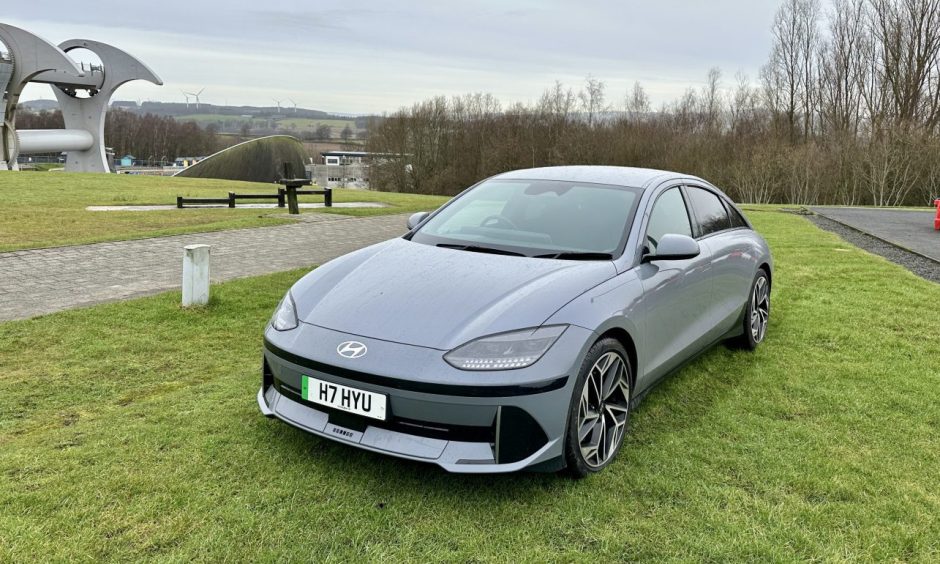
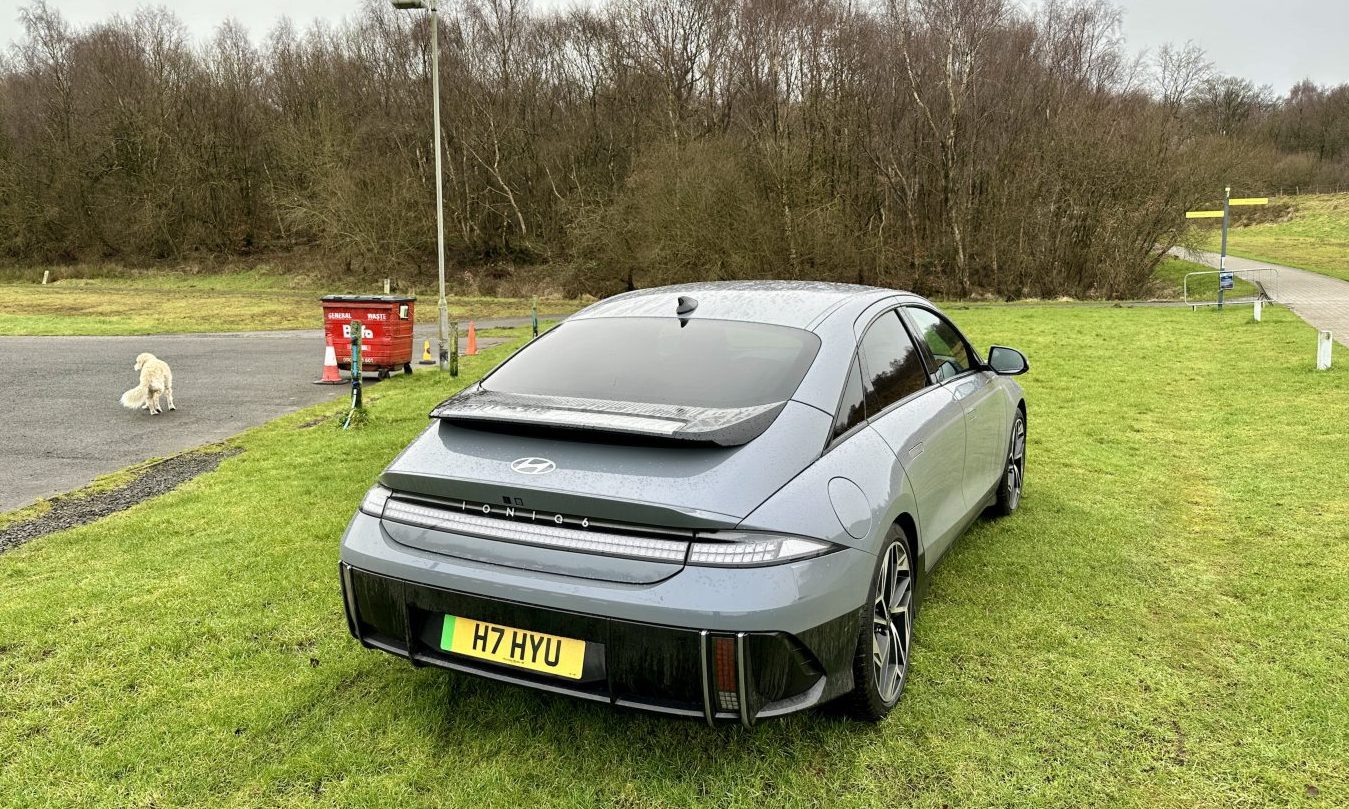
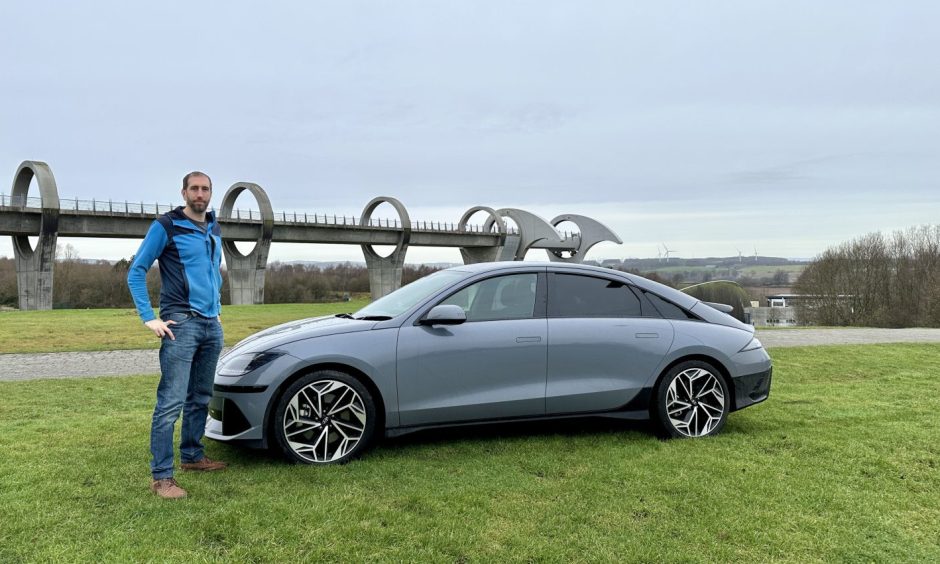
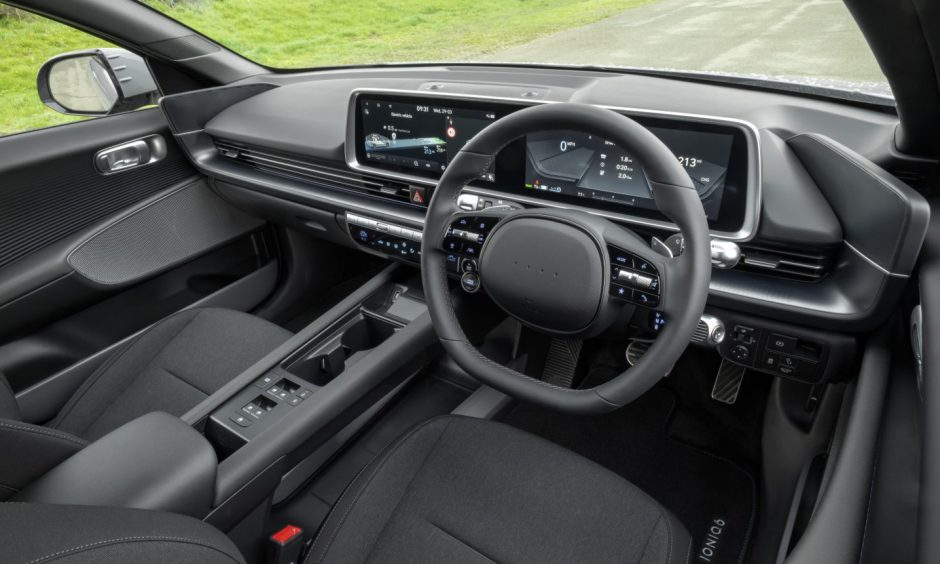
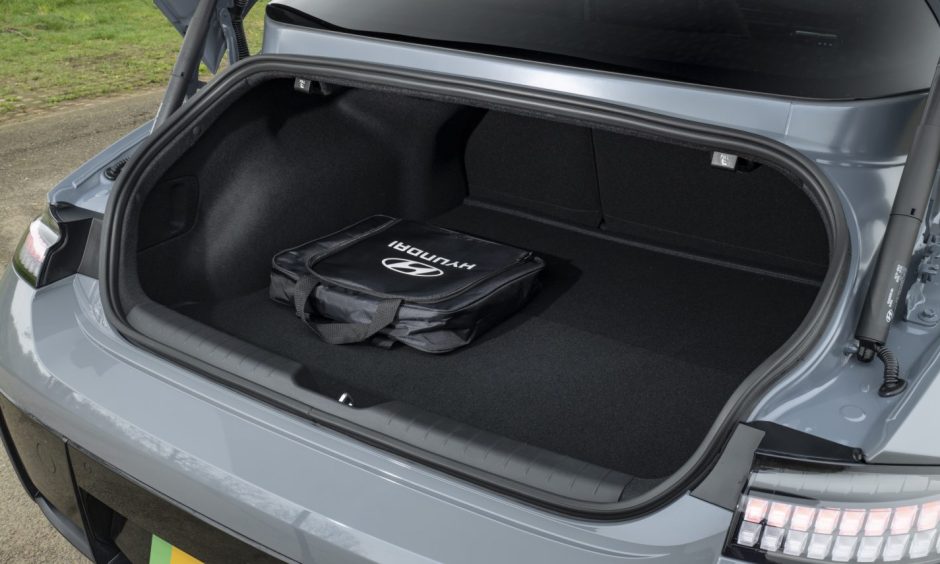
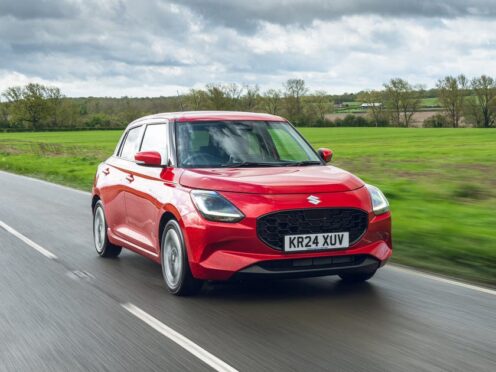


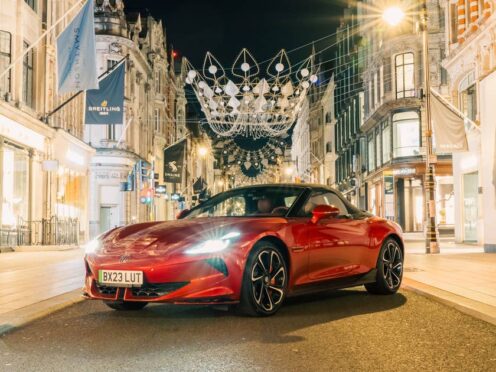
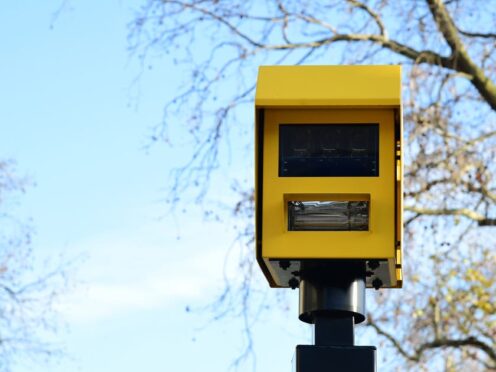
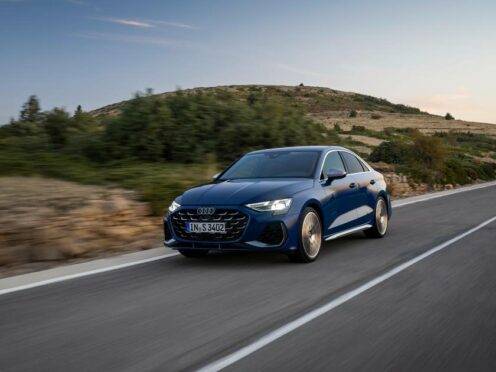
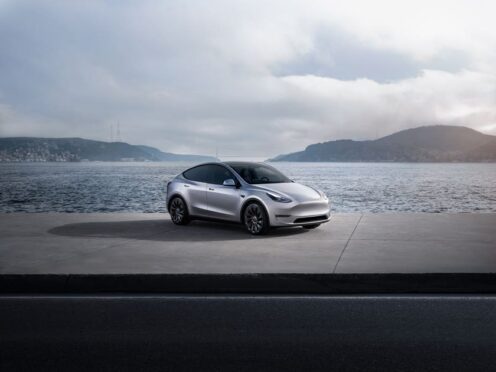
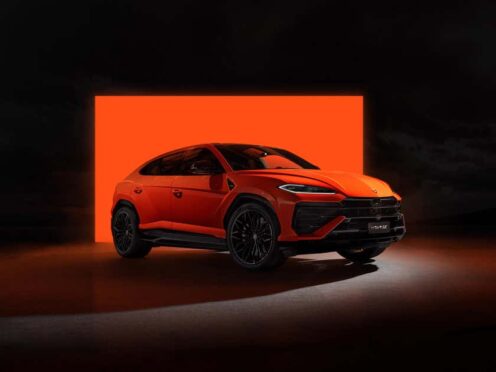
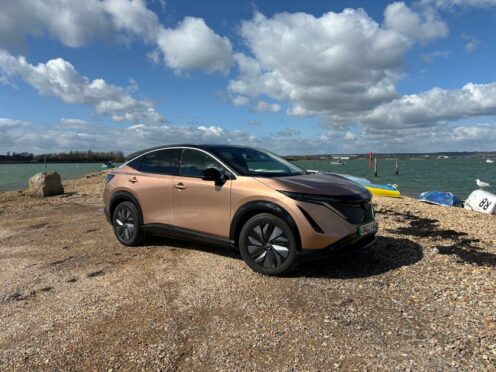

Conversation